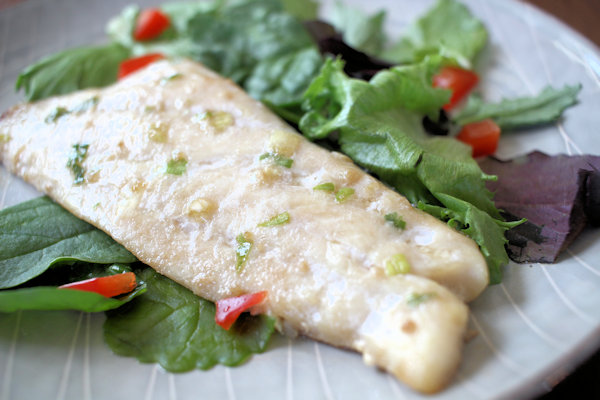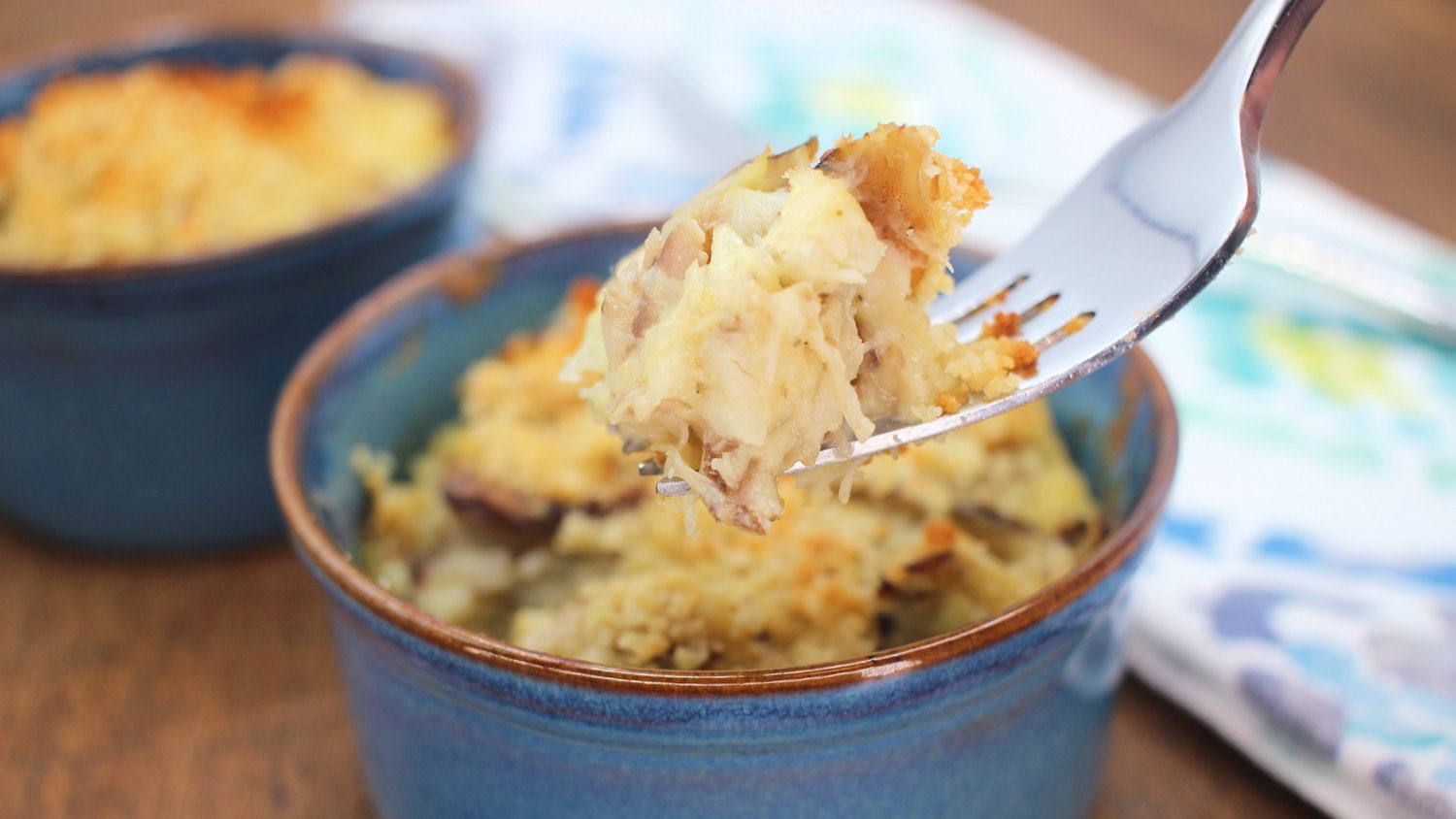How to Freeze Your Fresh NC Seafood
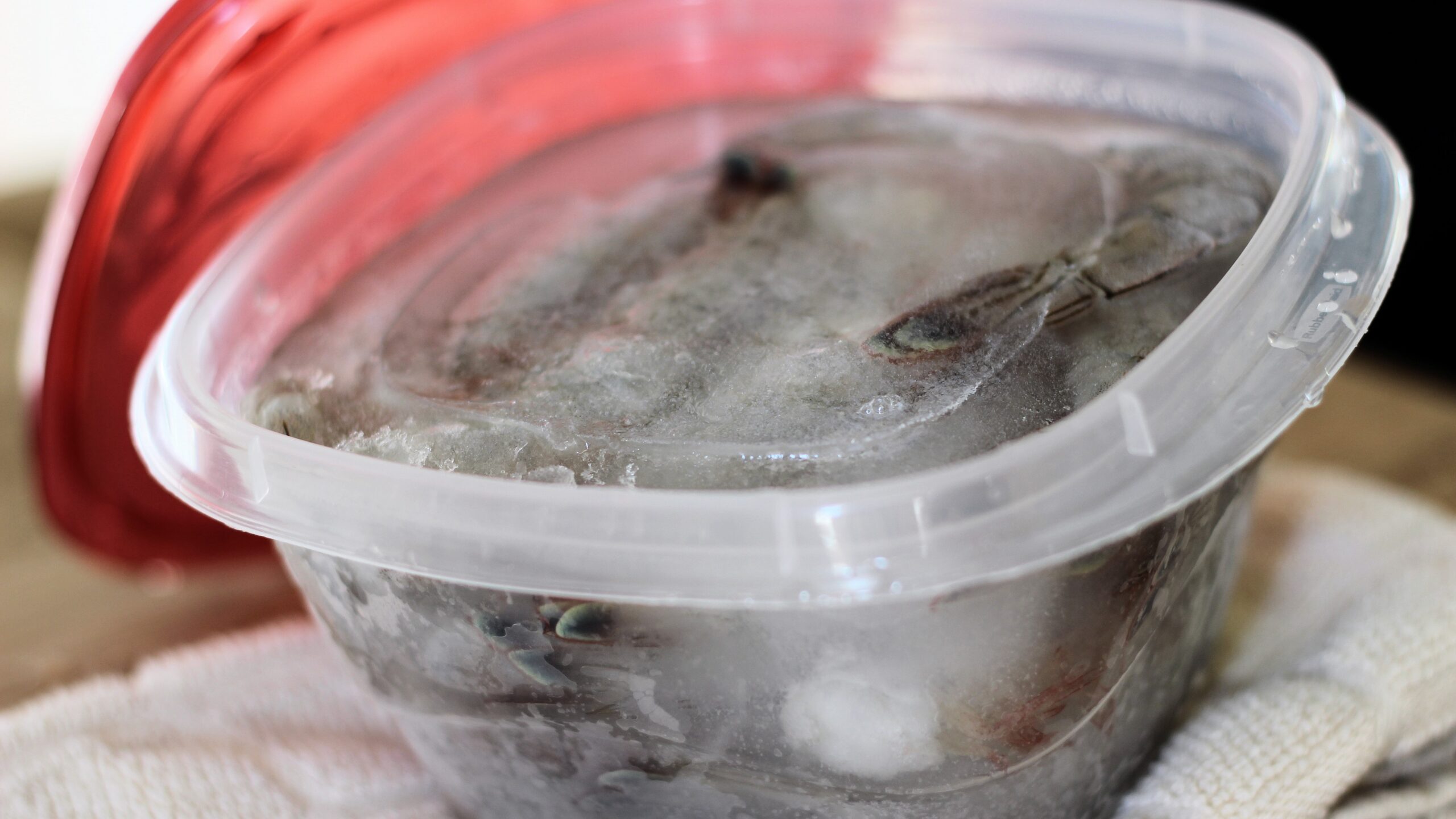
Safety and Prep
By Vanda Lewis and Barry Nash
Seafood is an excellent source of flavorful, nutritious protein any time of the year.
If you’re limiting shopping trips during the COVID-19 pandemic, consider freezing some of your fresh seafood purchases for later enjoyment.

“I often use fresh North Carolina seafood immediately to test recipes for our Mariner’s Menu blog, but I also freeze some that same day to test more recipes later,” says Vanda Lewis of North Carolina Sea Grant.
Below is guidance from Lewis and Barry Nash, Sea Grant’s seafood safety specialist, on properly freezing seafood at home so you maintain its quality.
Finfish | Shellfish | Shrimp | Crabmeat | New Recipes
FINFISH
Fish have varying amounts of fat content depending on the species. The leanest fish, such as flounder, have a white- or light-colored flesh, while fattier fish, such as salmon or mackerel, usually have a darker hue.
The list below shows the average total fat content in a three-ounce serving of common finfish:
- High Fat (10 grams or greater)
- Herring, mackerel, salmon (Atlantic, coho, sockeye, chinook)
- Medium Fat (5 to 10 grams)
- Bluefish, catfish, swordfish
- Low Fat (2 to 5 grams)
- Halibut, mussels, oysters, ocean perch, salmon (chum, pink)
- Very Low Fat (less than 2 grams)
- Crab, clams, flounder, mahi mahi, scallops, shrimp, tuna
The fat in finfish tends to be polyunsaturated. When they react with oxygen, these fats will degrade and create off-odors and flavors. This process can happen even in frozen storage.
To maintain quality, finfish can be pretreated before freezing and frozen storage. We recommend a lemon-gelatin glaze that was developed by extension specialists with the NC State University Seafood Laboratory.
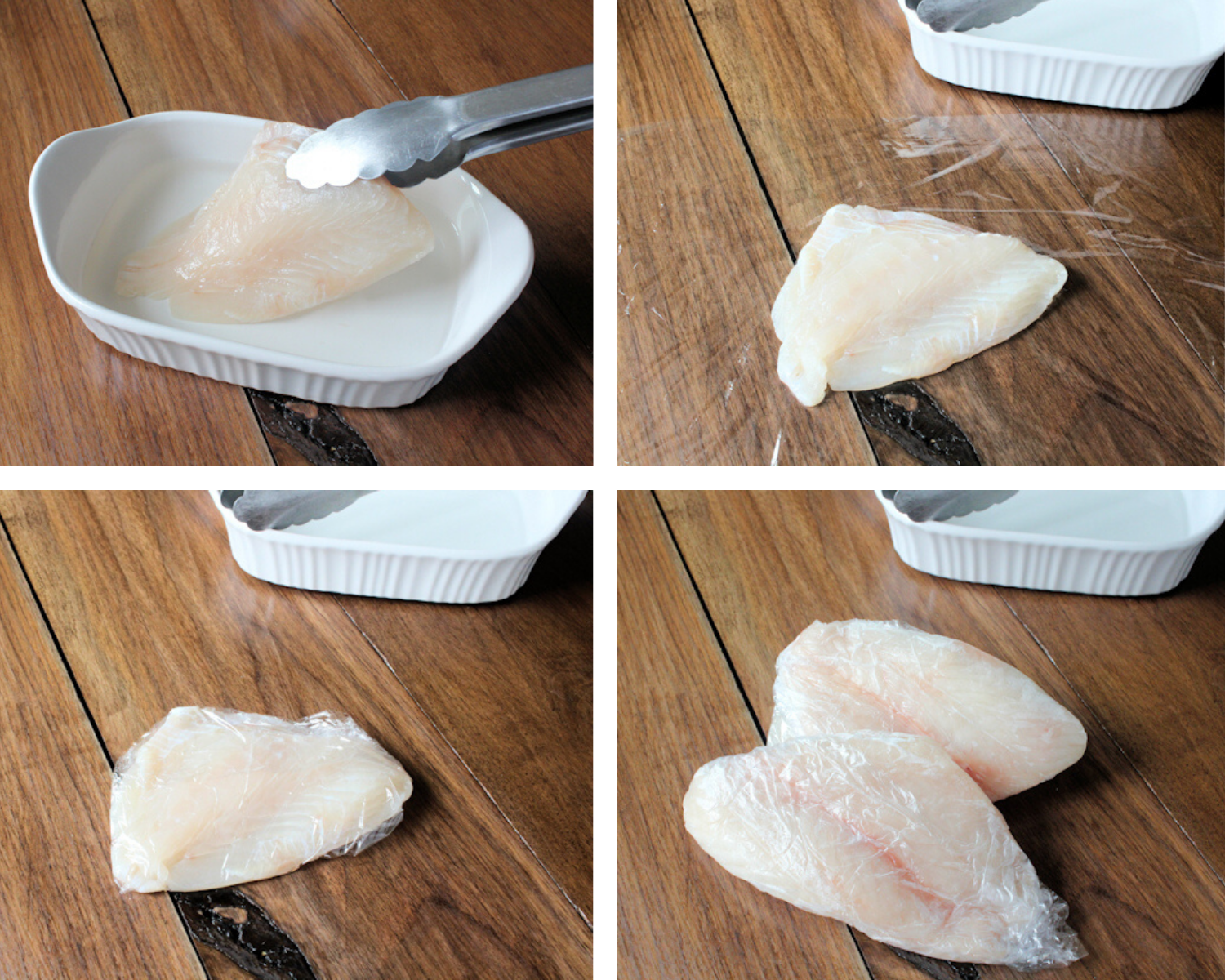
Just measure ¼ cup of bottled lemon juice into a pint container and fill the rest of the container with water. Dissolve one packet of unflavored gelatin in ½ cup of this mixture. Heat the remaining liquid to boiling, and then stir the dissolved gelatin mixture into the boiling liquid. Cool to room temperature.
Dip the fillet or steak in the liquid. Lift it out and allow to drain for a few seconds. Wrap the fish tightly in a heavy, protective plastic film, such as Saran Wrap or similar heavy film. Freeze quickly.
Fish frozen with a gelatin glaze will remain fresh longer than those with no glaze.
SHELLFISH
Clams and oysters are best if frozen in their shells, which makes them easier to shuck with no loss of juice. Thoroughly wash the shells and place live shellfish in moisture-vapor resistant bags if you have plenty of freezer space to accommodate them.
If you’re tight on freezer space, however, you can shuck the shellfish. First, wash clams and oysters, discarding any shellfish that have died. These you can identify by gently tapping shells that are open slightly. If they do not close when tapped, they are likely dead. Shuck the shellfish into a strainer (save the liquid, known as liquor) and remove any pieces of shell.
If necessary, the clams and oysters can be rinsed to remove any sand. Place clams and oysters and their liquor in a plastic container or freezer bag, leaving ½-inch headspace, seal, and freeze. If there is not enough liquor to fill the container, use ice water.
SHRIMP
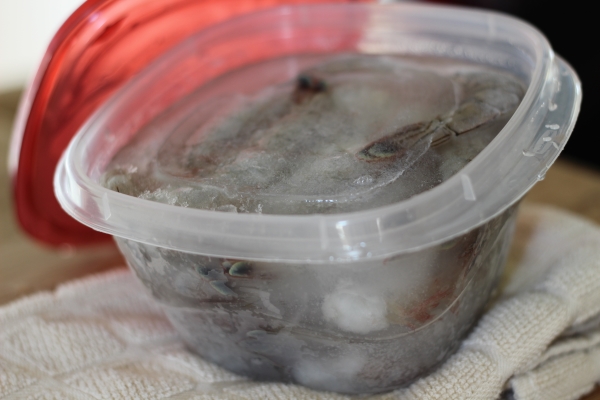
Remove the head from whole shrimp, but leave the shell on. Place the shrimp in a freezer container and cover them with ice water.
Leave enough headspace for the water to expand when frozen. Use small or medium-size containers so the shrimp will freeze more quickly.
Avoid using freezer bags, because the shrimp tails can puncture them, causing leaks.
PICKED CRABMEAT
Cooked, picked crabmeat should be frozen in covered, airtight containers or in heavy-duty freezer bags. Massage the bag to force as much air out of it before placing the meat in a freezer.Another way to extend the shelf life of cooked crabmeat is to freeze it in preparations, such as crab cakes or casseroles. Blending cooked crabmeat with non-seafood ingredients tends to protect its tender texture by keeping it from becoming stringy.
NEW RECIPES
Many consumers love seafood, but they tend to enjoy it at restaurants.
Research by North Carolina Sea Grant shows that consumers would purchase more local seafood to eat at home if they were confident in their cooking skills. Survey respondents indicated that recipes would enrich their experience cooking with fresh seafood at home.
To that end, Sea Grant has been adding new recipes to its online resource Mariner’s Menu.
These recipes were developed and crafted by a former Sea Grant extension educator and her hand-picked volunteers using seafood harvested by North Carolina fishermen. Preparations that did not score a four or a five on five-point scale were reformulated to correct problems with flavor, texture and appearance.
In recent months, Vanda Lewis of North Carolina Sea Grant has been reviewing, testing and updating the recipes for the online archive. And she includes photographs that will make your mouth water!
You can now choose from more than 200 recipes, including appetizers and entrees that feature crab, clams, finfish, oysters, scallops and shrimp.
Find Mariner’s Menu recipes at marinersmenu.org. To find retail markets that offer North Carolina seafood, check out these online resources:
- Categories:

